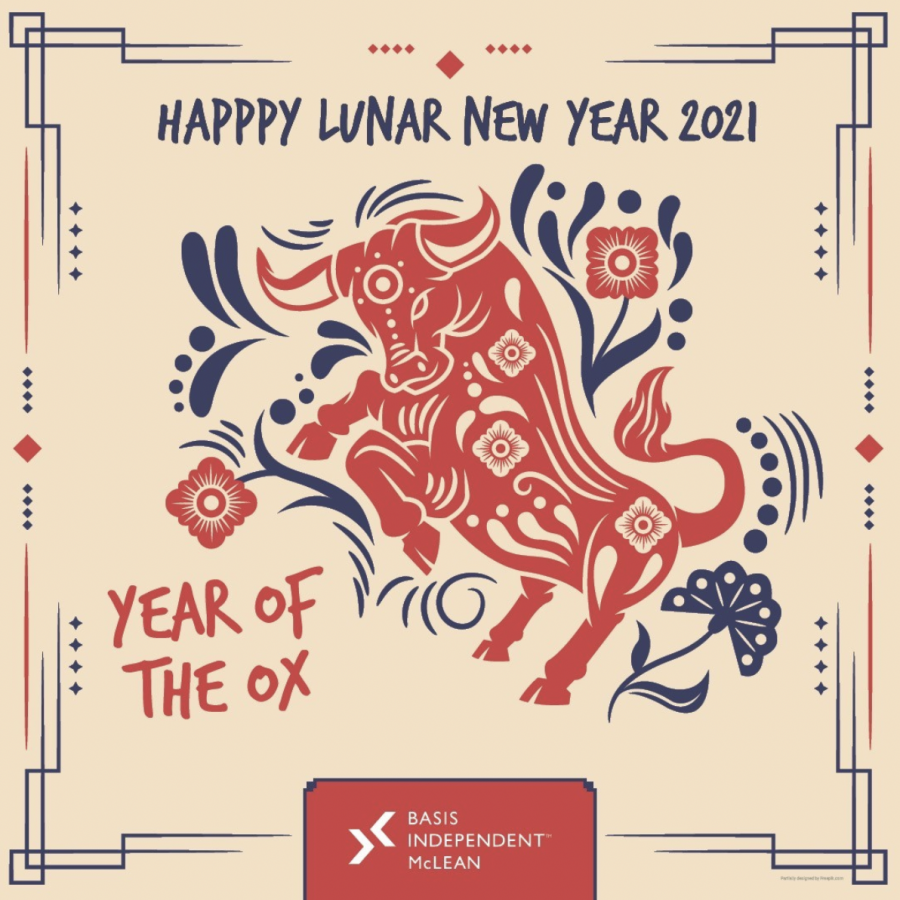The Significance of Lunar New Year
On Saturday, February 6th, The BIM Chinese Culture Club virtually celebrated Lunar New Year. The holiday is celebrated by almost one-fifth of the world. It originated in China nearly 4000 years ago and has been around since. Lunar New Year is not unique to China, but it is also a special occasion in many other countries, such as Vietnam, Korea, and Singapore. Many festivities that take place during Lunar New Year include visiting family, setting off fireworks, or taking part in exciting performances.
Although the COVID-19 pandemic prevented in-person celebrations this year, it did not stop the Chinese Culture club from observing the holiday in a festive way. In a video produced by the club, students and staff were seen celebrating the holiday in many ways. The teachers and faculty were seen expressing what Lunar New Year meant to them, while students were featured in their own productions. The video included martial arts demonstrations by students in the Kung Fu academy, Chinese poetry reading by the second grade students, and musical performances by students of all ages. Many high schoolers also explained Chinese customs and even went hands on, crafting paper and clay sculptures representing animals from the Chinese Zodiac.
Although Lunar New Year has ancient origins, it was rather slow to catch on in the United States. However, due to the massive increase in Asian population since the Post-war era, the popularity and importance of the holiday has dramatically increased. In the past decades, Asian Americans have been the fastest-growing ethnic group in the US and the effects of Asian culture have been extremely noticeable. Once rare to see celebrated in this country, Lunar New Year is now widely recognized by the media, influential corporations, and even the President of the United States.
Overall, Lunar New Year is not only a holiday in Asia, but plays a crucial role in the diverse blend of cultures that define America and who we are.




